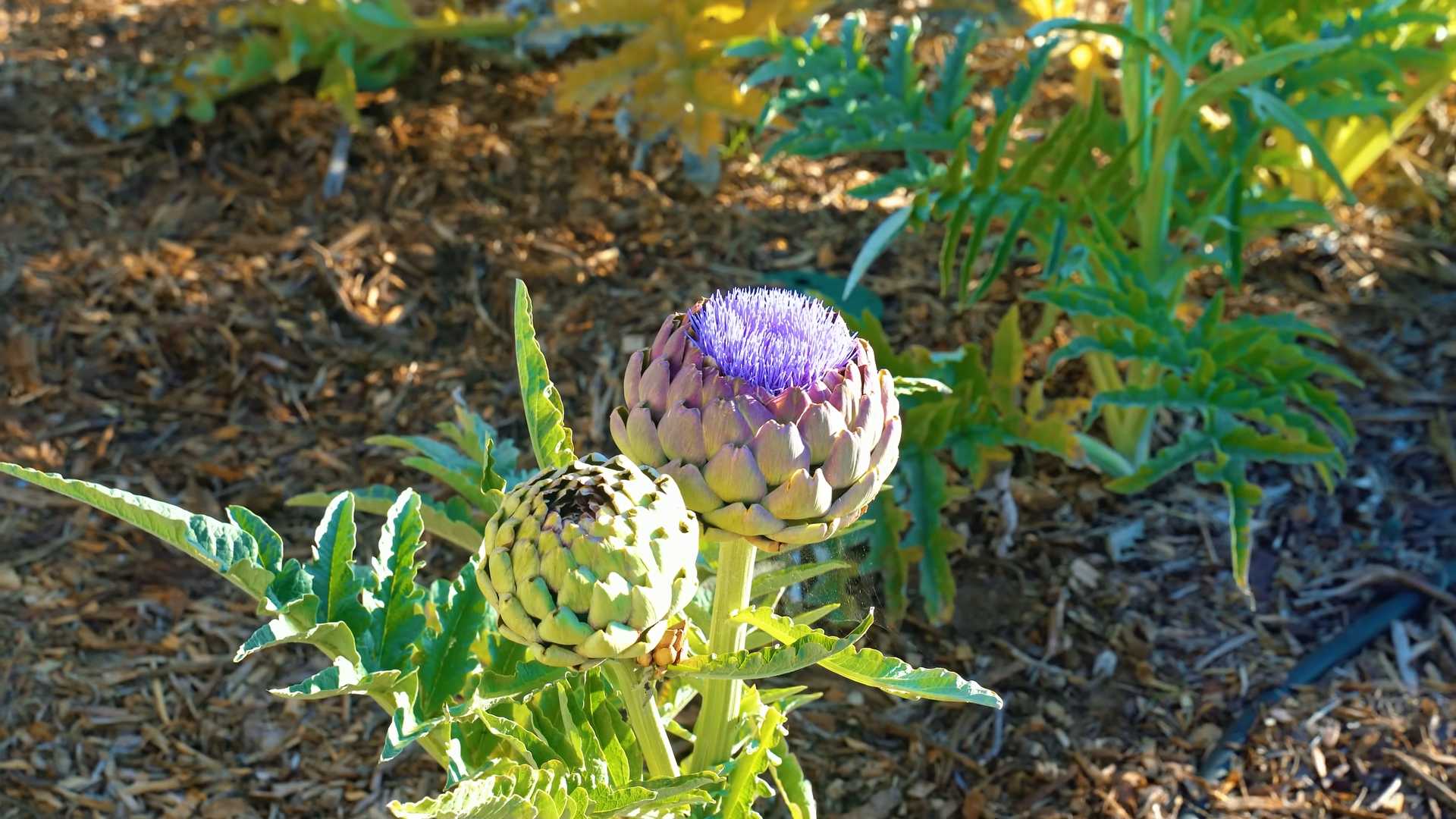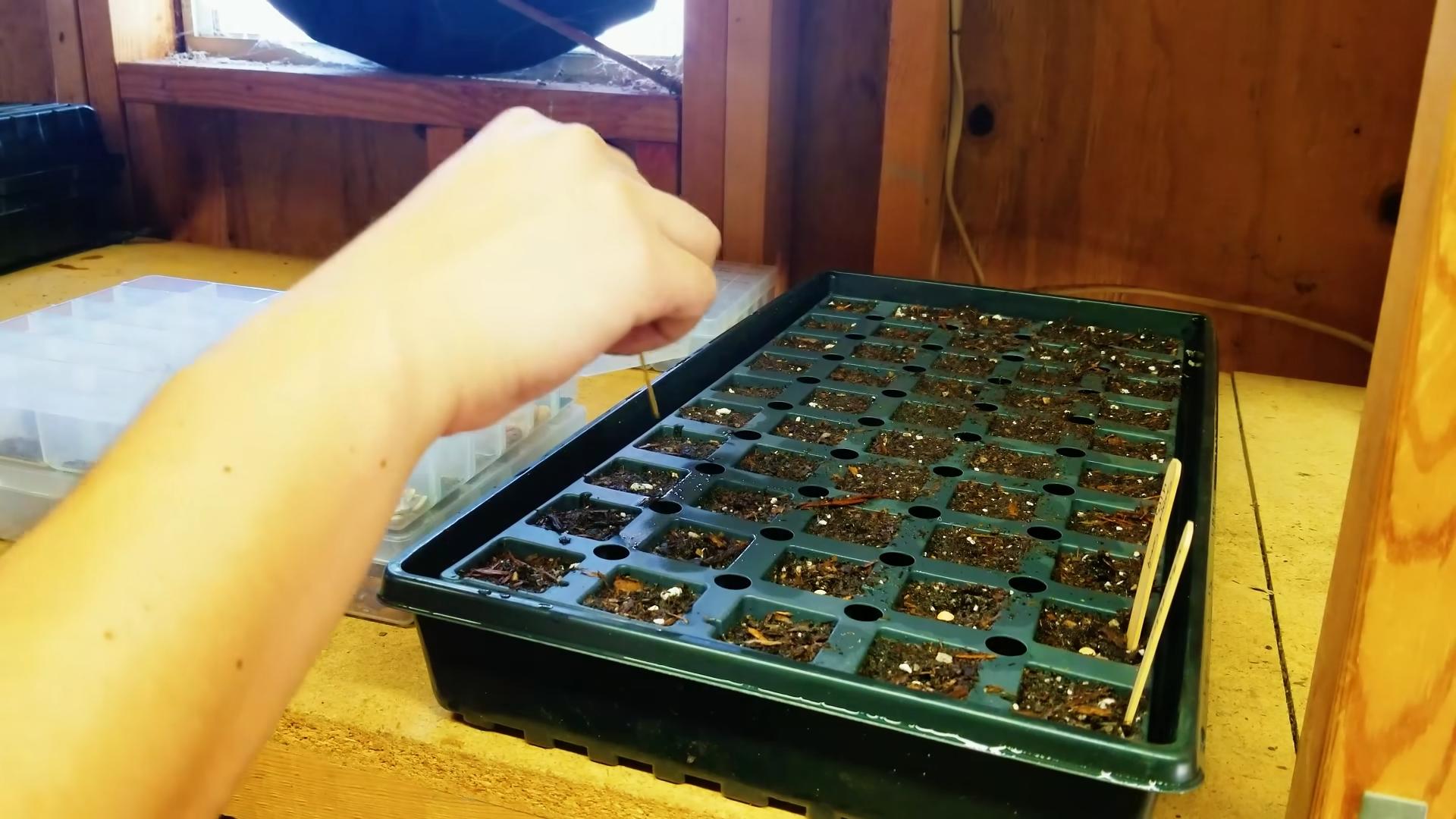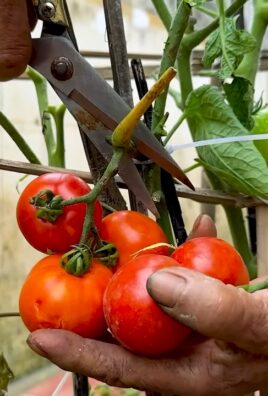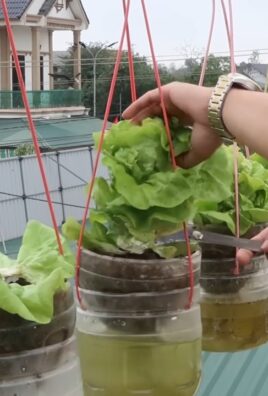Grow Artichokes at Home
Growing artichokes at home might seem daunting, but I’m here to tell you it’s surprisingly achievable! This article is packed with simple, effective Grow Artichokes at Home tricks and DIY solutions that will transform your garden into a bountiful harvest of these delicious, globe-shaped vegetables. Forget expensive grocery store prices and enjoy the unparalleled satisfaction of cultivating your own artichokes, bursting with fresh, vibrant flavor.
Artichokes have a rich history, cultivated since ancient times in the Mediterranean region. Their cultural significance is undeniable, featuring prominently in cuisines across the globe and symbolizing everything from prosperity to good health. But you don’t need to be a seasoned gardener to enjoy this culinary treasure. With the right techniques, even beginners can successfully grow artichokes at home.
Why Grow Your Own?
There are so many reasons to embark on this rewarding gardening journey! Imagine the pride of harvesting your own homegrown artichokes, knowing exactly where they came from and how they were grown. Beyond the delicious taste, homegrown artichokes are often larger and more flavorful than store-bought ones. Plus, you’ll have complete control over the growing process, ensuring your artichokes are free from pesticides and other harmful chemicals. This DIY approach allows you to connect with nature, enjoy fresh, healthy food, and experience the simple joy of nurturing something from seed to plate.
So, let’s get started! This article will guide you through every step, from selecting the right variety and preparing your soil to harvesting and enjoying the fruits (or rather, vegetables!) of your labor. Get ready to discover the secrets to successfully growing artichokes at home and experience the magic of home gardening firsthand.

Growing Artichokes at Home: A DIY Guide
I’ve always loved artichokes, those majestic thistle-like vegetables. The tender hearts, the satisfying dip in melted butter… delicious! But store-bought artichokes can be pricey. So, I decided to try growing my own. It’s more rewarding than you might think, and this guide will walk you through the process.
Choosing Your Artichoke Variety and Location
- Select a variety suitable for your climate. Artichokes need a long, warm growing season (at least 100 frost-free days). Research varieties that thrive in your USDA hardiness zone. Popular choices include ‘Green Globe’, ‘Imperial Star’, and ‘Violetta’.
- Find a sunny spot. Artichokes need at least six to eight hours of direct sunlight daily. A south-facing location is ideal in the Northern Hemisphere.
- Prepare the soil. Artichokes prefer well-drained, fertile soil with a slightly acidic pH (6.0-7.0). Amend heavy clay soil with compost or other organic matter to improve drainage and aeration. Sandy soil may need the addition of peat moss or other organic material to retain moisture.
- Consider spacing. Allow ample space between plants for good air circulation and to prevent overcrowding. Spacing will depend on the variety you choose, but generally, aim for 3-4 feet apart.
Planting Your Artichokes
- Start from seed or crowns. You can start artichokes from seed indoors 6-8 weeks before the last expected frost, or purchase established crowns from a nursery or garden center. Crowns are mature plants that are ready to plant directly into the ground. Starting from seed requires more patience, but it can be a rewarding experience.
- Prepare the planting hole. If using crowns, dig a hole twice as wide and as deep as the root ball. If starting from seed, sow seeds about ½ inch deep and 1 inch apart.
- Plant the artichoke. Gently place the crown or seeds in the hole, ensuring the roots are spread out. Backfill the hole with soil, firming it gently around the base of the plant.
- Water thoroughly. After planting, water deeply to settle the soil and help the plant establish itself.
Ongoing Care and Maintenance
- Watering. Artichokes need consistent moisture, especially during dry periods. Water deeply and regularly, aiming for about 1 inch of water per week. Mulching around the plants helps retain soil moisture and suppress weeds.
- Fertilizing. Feed your artichokes regularly with a balanced fertilizer. A slow-release granular fertilizer applied in early spring is a good option. You can also use compost tea or other organic fertilizers.
- Weeding. Keep the area around your artichokes free of weeds, which compete for water and nutrients. Regular weeding is essential for healthy plant growth.
- Pest and disease control. Monitor your plants for pests such as aphids, spider mites, and caterpillars. Use appropriate organic pest control methods if necessary. Common diseases include crown rot and gray mold. Ensure good air circulation and avoid overhead watering to prevent fungal diseases.
- Winter protection. In colder climates, artichokes may need winter protection. Mulch heavily around the base of the plants to insulate the roots. You can also cover the plants with burlap or other protective material.
Harvesting Your Artichokes
- Harvest at the right time. Artichokes are ready for harvest when the buds are firm and the outer bracts are tightly closed. The buds should feel heavy and the bracts should be dark green or purple, depending on the variety.
- Harvesting technique. Use a sharp knife to cut the artichoke bud from the stem, leaving about 1 inch of stem attached. Harvesting should be done in the morning after the dew has dried.
- Post-harvest care. Store harvested artichokes in the refrigerator for up to a week. You can also blanch and freeze them for longer storage.
Troubleshooting Common Problems
Yellowing Leaves
Yellowing leaves can indicate several issues, including nutrient deficiencies, overwatering, or pest infestations. Check your soil’s pH and nutrient levels. Adjust watering practices and inspect for pests. If you suspect a nutrient deficiency, apply a balanced fertilizer.
Small Buds
Small buds can result from insufficient sunlight, poor soil conditions, or overcrowding. Ensure your plants receive adequate sunlight and amend the soil if necessary. Thin out overcrowded plants to improve air circulation and nutrient availability.
Flowering Too Early
Early flowering can be caused by stress, such as drought or nutrient deficiency. Ensure consistent watering and fertilization. Also, consider the variety you chose, as some varieties are naturally early bloomers.
Remember to always research your specific artichoke variety for optimal growing conditions and harvesting times. Happy gardening!

Conclusion
Growing artichokes at home might seem daunting, but this DIY method proves it’s surprisingly achievable and incredibly rewarding. You’ll not only save money compared to buying artichokes from the grocery store, but you’ll also enjoy the unparalleled freshness and flavor of homegrown artichokes. The satisfaction of nurturing a plant from a simple cutting to a bountiful harvest is truly unmatched. This DIY approach to growing artichokes offers a unique connection to your food, transforming a seemingly complex task into a manageable and enjoyable gardening project. The superior taste and texture of homegrown artichokes alone make this a must-try for any aspiring gardener, regardless of experience level. Imagine the pride of presenting your friends and family with artichokes you cultivated yourself – a culinary achievement that’s both delicious and impressive.
Beyond the basic method outlined, there are several exciting variations you can explore. Experiment with different types of artichoke varieties to discover your favorite flavor profiles. Consider companion planting, incorporating herbs like rosemary or sage near your artichoke plants to enhance their growth and potentially deter pests. If space is limited, explore growing artichokes in large containers, adapting the same techniques to a smaller scale. For those with particularly challenging climates, investigate the use of protective coverings like cloches or row covers to shield your plants from harsh weather conditions. The possibilities are as diverse as your garden itself!
Don’t hesitate to embrace this rewarding gardening adventure. Growing your own artichokes is a journey of discovery, filled with the satisfaction of nurturing life and the delicious reward of a homegrown harvest. Share your experience with us! We’d love to hear about your successes, challenges, and any unique variations you develop. Post your photos and stories on social media using #GrowArtichokesAtHome and inspire others to embark on their own artichoke-growing journey. Let’s cultivate a community of home artichoke growers, sharing tips, tricks, and the joy of this fulfilling endeavor. Remember, even small successes are significant steps towards a thriving garden and a table filled with the delicious bounty of your own hard work. So, grab a cutting, prepare your soil, and get ready to experience the magic of growing artichokes at home!
Frequently Asked Questions
What type of soil is best for growing artichokes?
Artichokes thrive in well-drained, slightly acidic soil with a pH between 6.0 and 7.0. Amend heavy clay soils with organic matter like compost to improve drainage and aeration. Sandy soils may benefit from the addition of peat moss or other organic materials to retain moisture. Regular soil testing can help you fine-tune the soil composition to optimize artichoke growth. A soil test will also reveal any nutrient deficiencies that need to be addressed through fertilization.
How much sunlight do artichokes need?
Artichokes are sun-worshippers! They require at least six to eight hours of direct sunlight per day to flourish. Choose a location in your garden that receives ample sunlight throughout the day. Insufficient sunlight can lead to poor growth, reduced yields, and smaller artichokes. Consider the sun’s path throughout the day when selecting a planting site to ensure optimal sun exposure.
When is the best time to plant artichokes?
The ideal time to plant artichokes depends on your climate. In regions with mild winters, fall planting is often preferred, allowing the plants to establish strong root systems before the growing season. In areas with colder winters, spring planting after the last frost is recommended. Starting artichokes from cuttings indoors several weeks before the last frost can provide a head start and improve the chances of a successful harvest.
How often should I water my artichokes?
Consistent watering is crucial for healthy artichoke growth. Aim to keep the soil consistently moist but not waterlogged. Water deeply and less frequently, allowing the soil to dry slightly between waterings. The frequency of watering will depend on your climate, soil type, and weather conditions. During hot, dry periods, you may need to water more frequently. Mulching around the plants can help retain soil moisture and reduce the need for frequent watering.
What are some common pests and diseases that affect artichokes?
Artichokes can be susceptible to various pests and diseases, including aphids, spider mites, and fungal diseases like crown rot. Regularly inspect your plants for signs of infestation or disease. Implementing preventative measures such as good sanitation practices, proper spacing, and appropriate watering can minimize the risk of pest and disease problems. Organic pest control methods, such as insecticidal soap or neem oil, can be effective in managing pest infestations. For fungal diseases, ensure good air circulation around the plants and avoid overhead watering.
How long does it take for artichokes to mature?
The time it takes for artichokes to mature varies depending on the variety and growing conditions. Generally, it takes about 18 months to two years from planting to harvest the first crop of mature artichokes. Subsequent harvests can be obtained from the same plant for several years. Patience is key when growing artichokes, as the wait is well worth the delicious reward. Proper care and attention to the plant’s needs will contribute to a faster and more bountiful harvest.



Leave a Comment